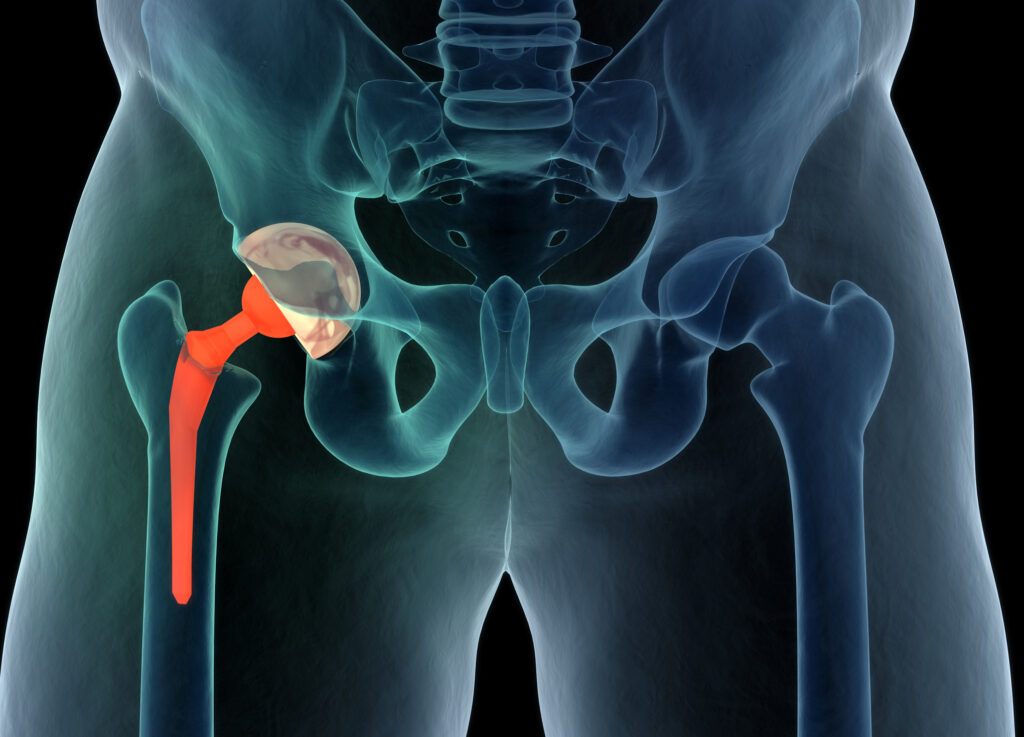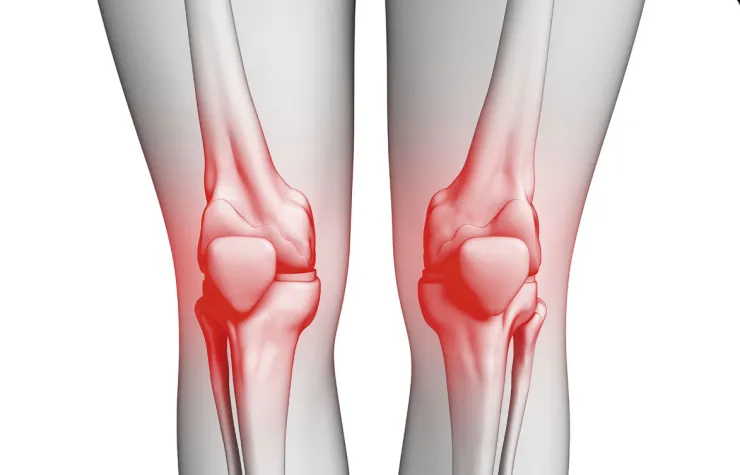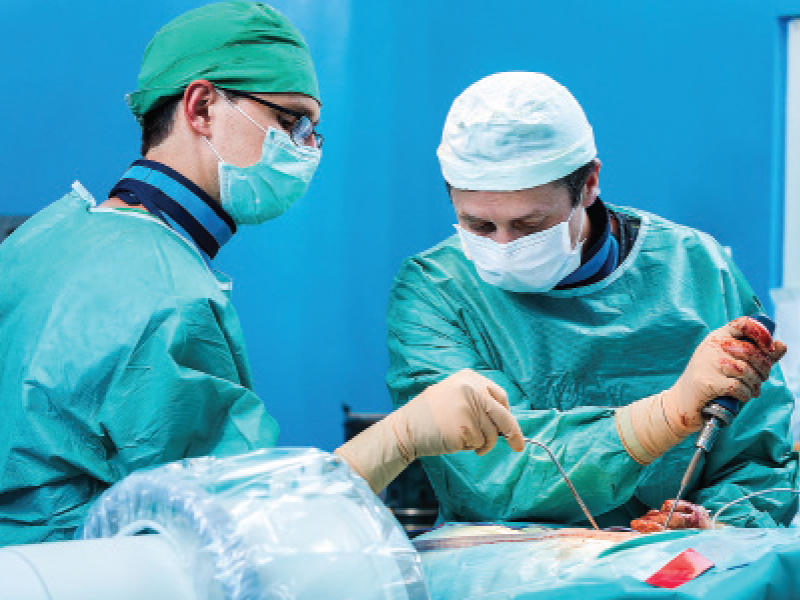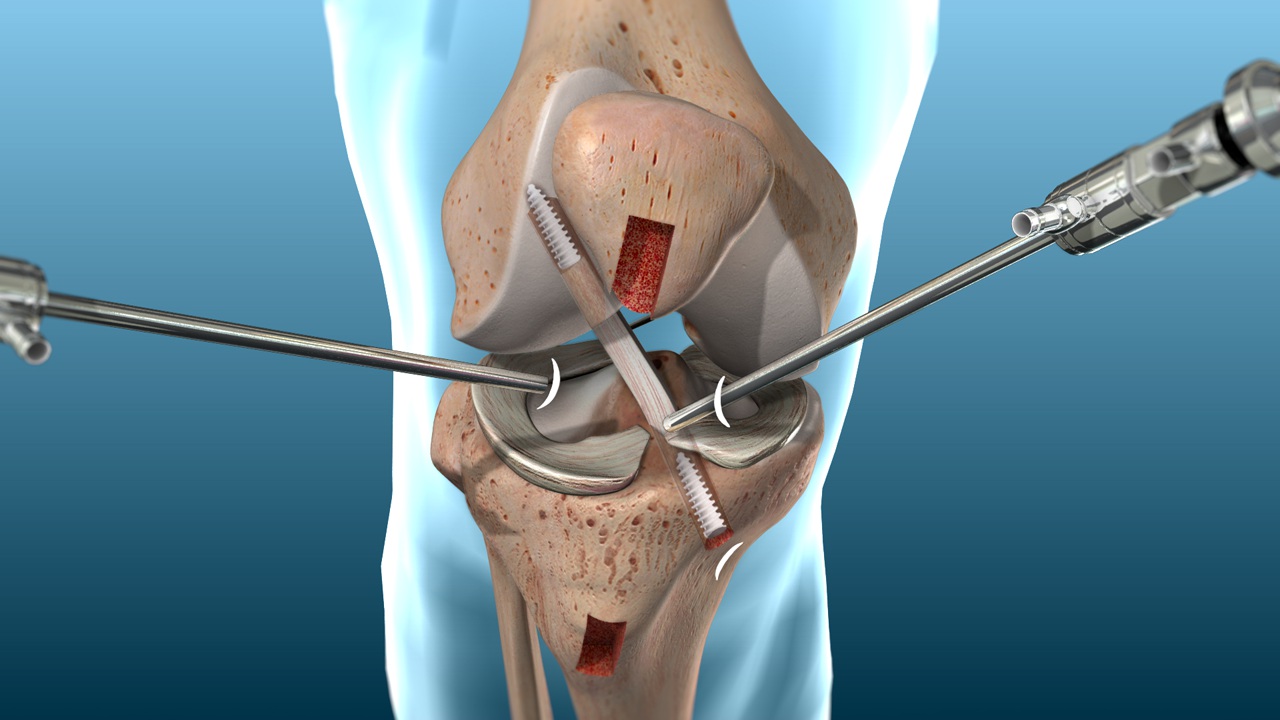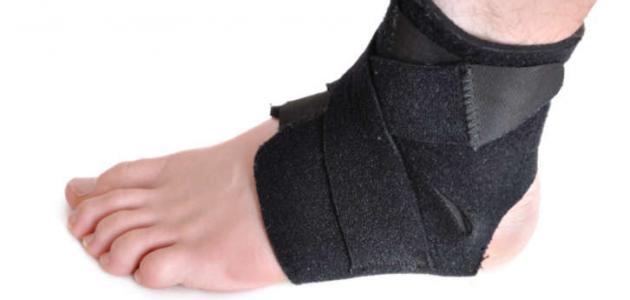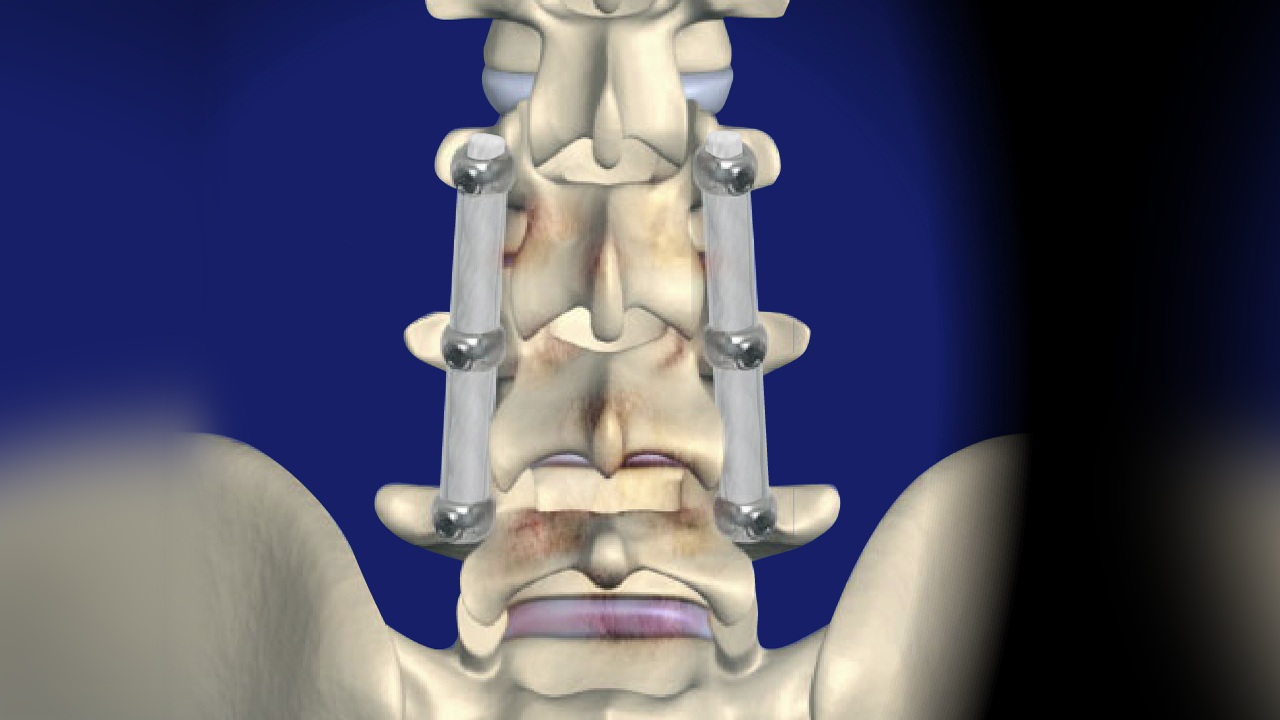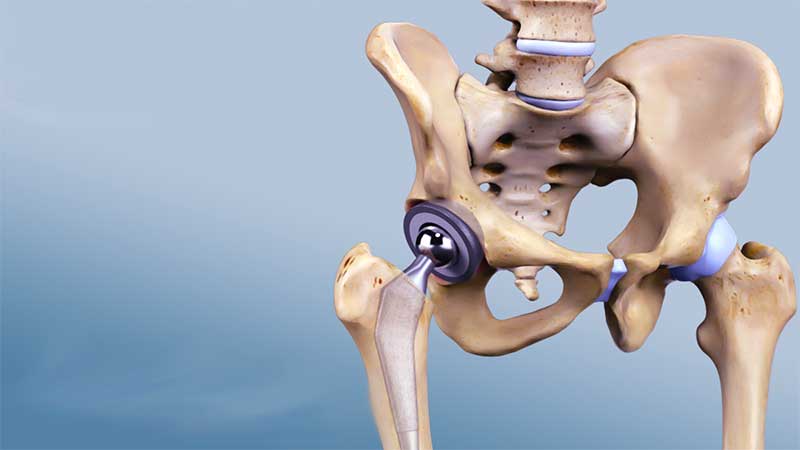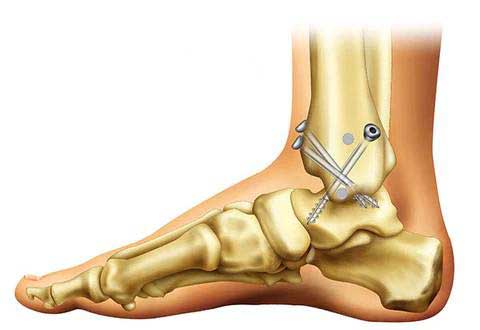Neck cartilage surgery
Neck cartilage surgery is one of the surgical procedures that are performed to improve the condition of cervical spondylosis, and we explain to you full information about neck cartilage and the surgical aesthetics related to it in the following article.

Neck cartilage surgery
The neck vertebrae are the first vertebrae of the spine, which give the neck the ability to move freely and absorb the shocks and pressure placed on the neck. Acute as a result of the presence of bony prominence.
Neck cartilage disease mostly occurs as a result of the erosion of the cartilage and its exposure to gradual atrophy, which results in pressure on the spinal cord and the surrounding nerves, and thus the patient feels great pain in the vertebrae that extend to the arm and fingers of the hand and limits some of his daily activities.
Symptoms of neck cartilage disease (cervical spondylosis)
The inflammation or erosion that occurred in the neck cartilage results in some symptoms that indicate a health problem in the neck and difficulty in moving from one direction to another, which causes severe pain in the vertebrae, and symptoms of cervical spondylosis:
- Feeling pain in the neck and up to the fingers of the hands.
- A feeling of soreness when standing and sitting.
- A creaking or crackling sound.
- Neck stiffness and pain.
- In rare cases, the patient experiences nausea and a feeling of darkness in the vision.
Neck cartilage disease treatment
Neck cartilage can be treated through various treatment methods, including conservative treatment that increases the ability to recover and can be accompanied by the pharmacological treatment that helps in obtaining a greater ability to adapt and carry out normal activities.
One of the methods of treating neck cartilage is surgical intervention, and it is mostly in cases where other types of treatments did not work.
Cartilage surgery in the neck
There is more than one surgery that can be performed to improve the condition of the neck vertebrae and treat them from the pain and anesthesia that afflicted them as a result of atrophy and damage to the cartilage. Traditional cartilage surgery is performed as follows:
- The doctor starts giving complete anesthesia to the patient.
- The doctor makes an incision in the right or left part near the vertebrae.
- The damaged cartilage is located through the fluoroscope.
- The surgeon uses special tools to remove the remaining cartilage.
- The doctor uses a part of the thigh bone to be placed in the damaged cartilage site.
- The part added between the vertebrae is fixed by screws.
- The spinal cord nerves are released from the pressure on them that cause neck pain.
- The wound is well-cleansed and sutured (medical threads that dissolve over time and leave no trace).
Arthroscopic neck cartilage surgery
Endoscopic neck cartilage surgery is one of the surgical procedures that help treat the cervical cartilage that causes pain to the injured person limits the movement of his hand and can make him unable to move the neck to both sides and may affect the digestive system of the injured person in some serious cases.
Cervical spondylosis occurs as a result of erosion or deterioration of the cartilage between the cervical vertebrae and thus leads to the friction of the bones, which causes severe pain to the injured person and makes him uncomfortable with the movement of the neck.
Symptoms of cervical spondylosis
The patient begins to feel some symptoms that indicate infection with the cartilage of the neck, which is:
- The presence of pain starts off slight and increases over time.
- The pain can be burning or severe tingling.
- There is a pain in the lower back.
- Stiffness in the neck.
- Inability to move the neck normally.
- Numbness or tingling in the neck.
Arthroscopic neck cartilage surgery
Endoscopic neck cartilage treatment is one of the safe treatment methods that gives the patient the possibility to reach recovery without exposure to many complications that may affect the surgery, and the endoscopy offers several advantages for the cartilage injury, including speed of recovery and no damage to the tissues.
The steps of arthroscopic neck cartilage surgery are:
- Work can be done on preparing the patient first and anesthetizing him.
- The doctor begins by identifying the site of the injury and the part that has been exposed to the disease.
- A tube at the end of which is a camera is inserted into a light source.
- The operation is performed through small tools that fit into the small holes that have been made.
- After the surgery is over, the patient returns to the recovery room.
- The patient can be discharged on the same day of the operation after a medical examination.
Instructions after arthroscopic meniscus surgery
It is important to know the procedures after the operation in order to reduce the possibility of complications after neck cartilage surgery, as follows:
- You must take the medicines prescribed by the doctor after the operation.
- It is important to take rest and work to relax the spine so that no tension or spasms occur.
- Neck braces can be used during this period.
- It can get away from the extra load on the neck in the postoperative period.
- It is important to refer to the doctor in case of feeling pain in the vertebrae or numbness.
Laser neck cartilage surgery
Laser neck cartilage surgery is one of the medical procedures that help treat neck cartilage, and there is more than one advantage offered by laser treatment of neck cartilage, including the following:
- Local anesthesia may be used.
- The recovery from the disease is faster.
- No damage is caused to the tissues surrounding the injured part.
- The patient may be discharged from the hospital on the day of the operation.
Neck cartilage surgery success rate
Cartilage surgery in the neck is considered one of the surgeries in which success rates reach high levels, ranging from 90% to 95%. Paying attention to treatment and medical follow-up after surgery can increase the chances of getting rid of complications, recovery can be accelerated and the patient can return to his normal physical activity.
How long does neck cartilage surgery take?
The time taken for the operation varies depending on its type, but the time taken for a regular cartilage surgery can range from 60 to 120 minutes, but laparoscopic or laser surgery may take a shorter time, and the person can then leave the hospital and complete the recovery period at home.
Neck cartilage healing time
The recovery period for a neck cartilage patient can last from a month to a month and a half, depending on the patient’s health condition. Adherence to doctors’ instructions can reduce the recovery period and speed up the possibility of returning to normal daily activities, but you should not carry heavy objects in the first three months after surgery.
Symptoms after the operation of the cervical cartilage?
A cartilage patient may experience some symptoms in the first period after cervical cartilage surgery, including pain at the site of the injury, and often the pain can go away with time, following the doctor’s instructions, taking the medications assigned to him, and getting enough rest.
Is neck cartilage surgery dangerous?
Mostly, neck cartilage surgery does not cause serious symptoms after its procedure, but the patient may be exposed to an infection or high temperature, and the doctor will follow up with the injured person in the postoperative period in order to avoid complications.
Complications of neck cartilage surgery
There are some risks that the patient may be exposed to after cartilage surgery in the neck, which are:
- Bleeding in the wound.
- The wound does not heal well.
- Nerve damage.
- Infection.
- hotness in the body
- Numbness in the extremities.


